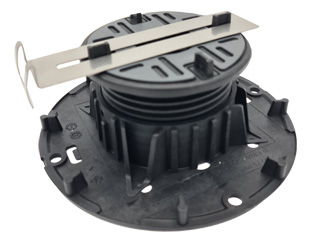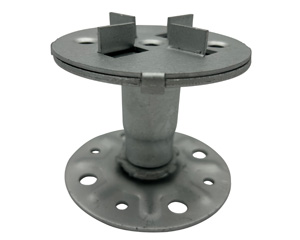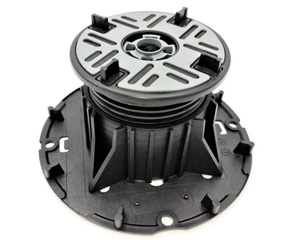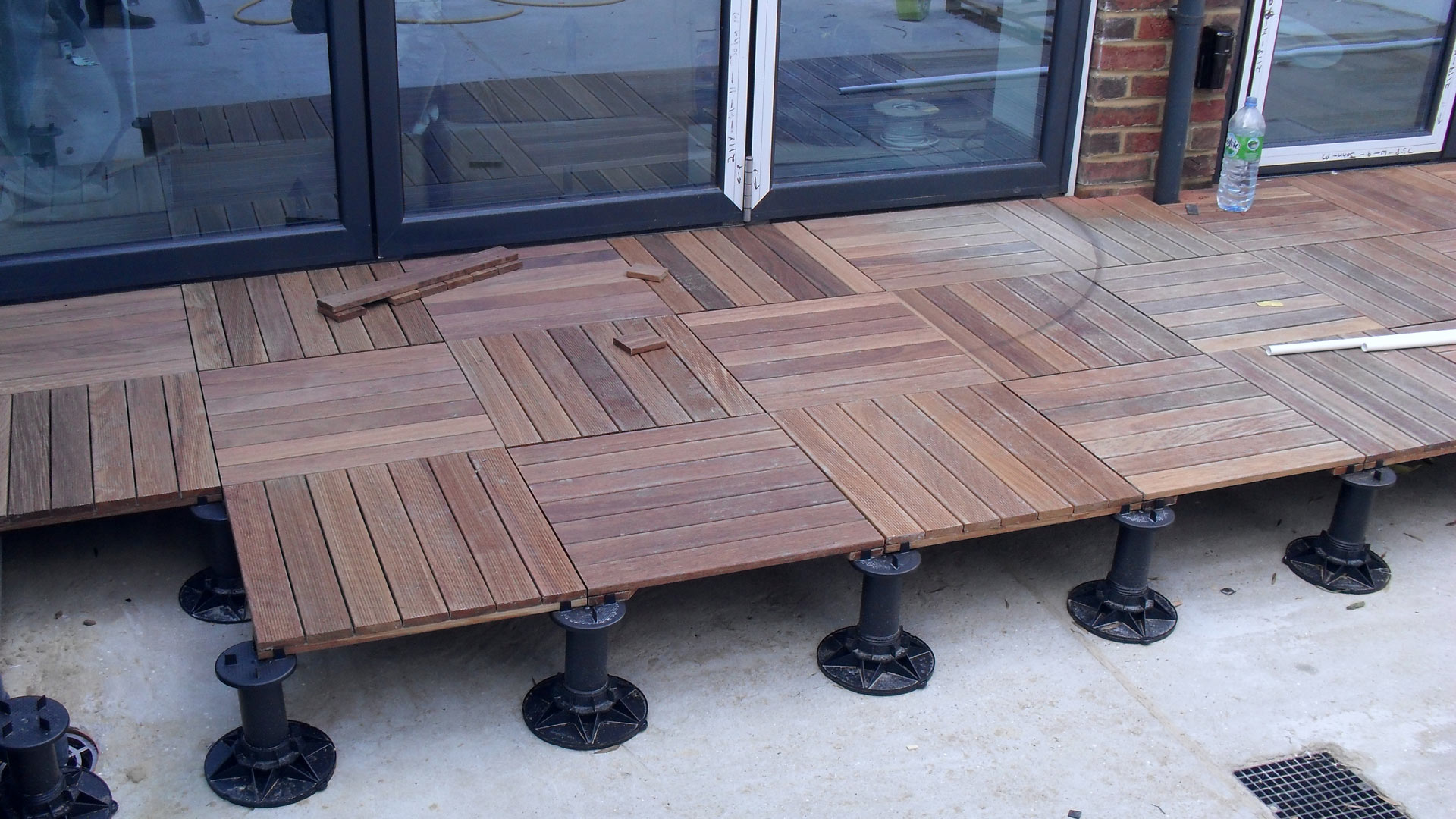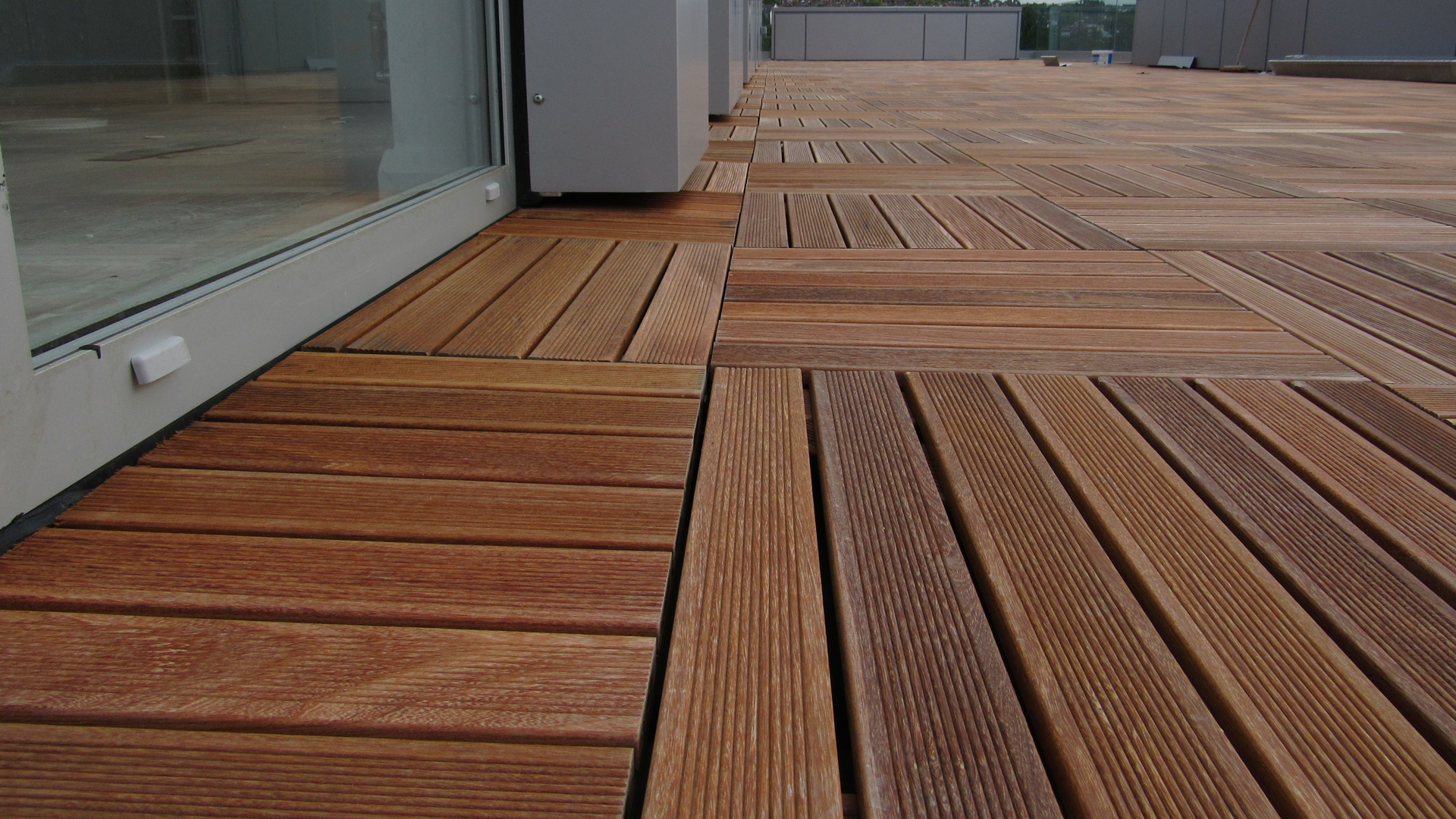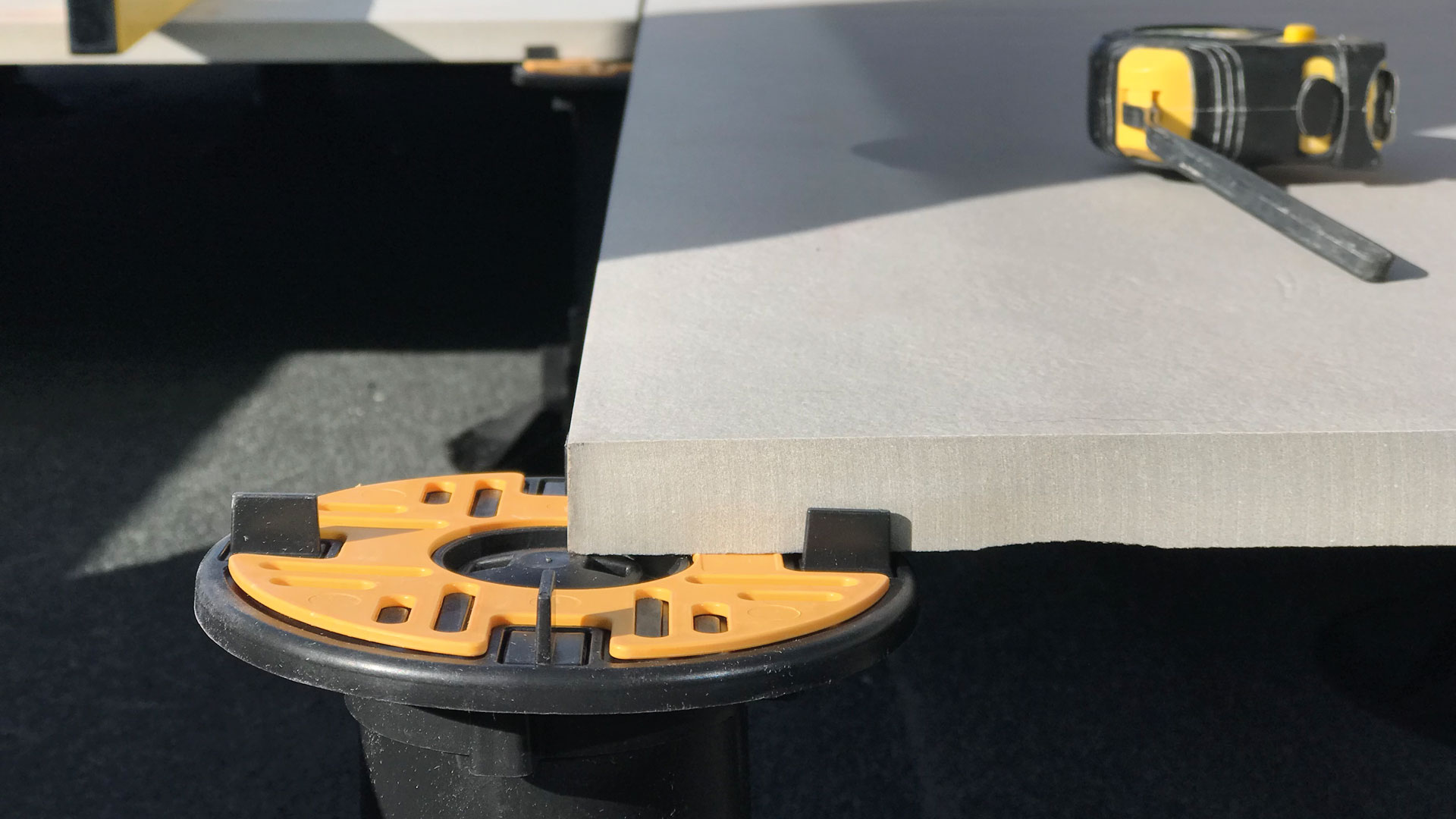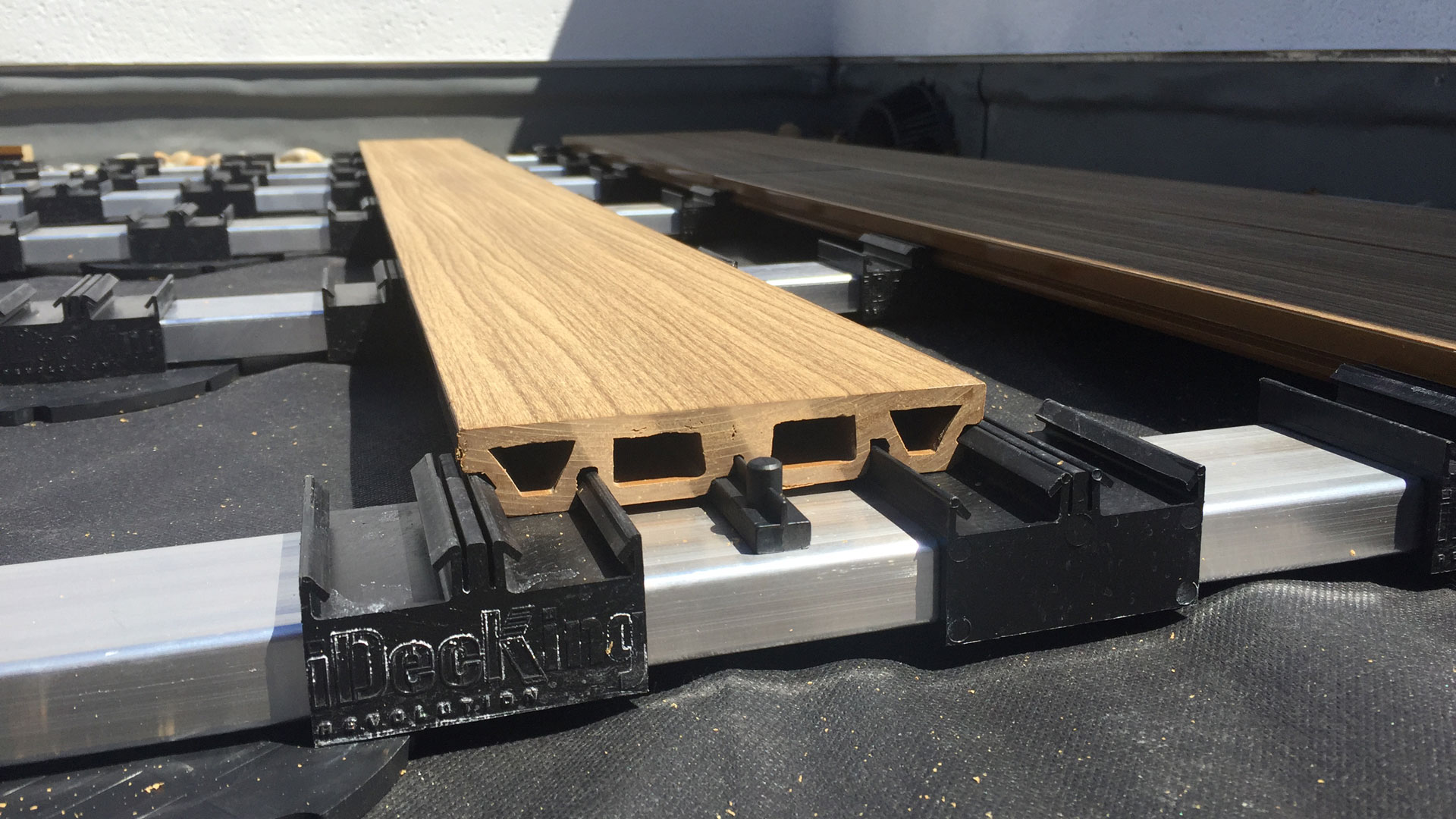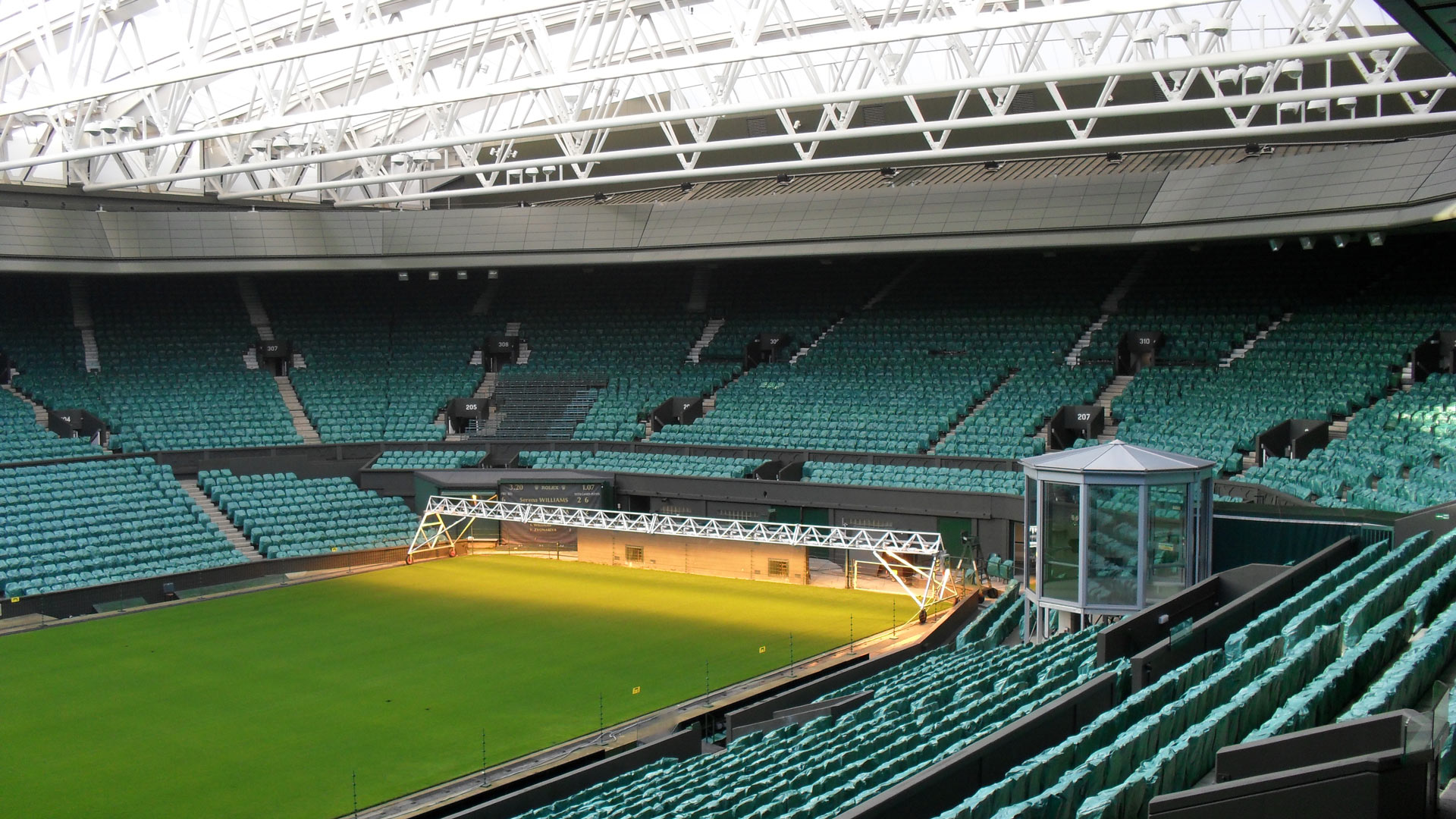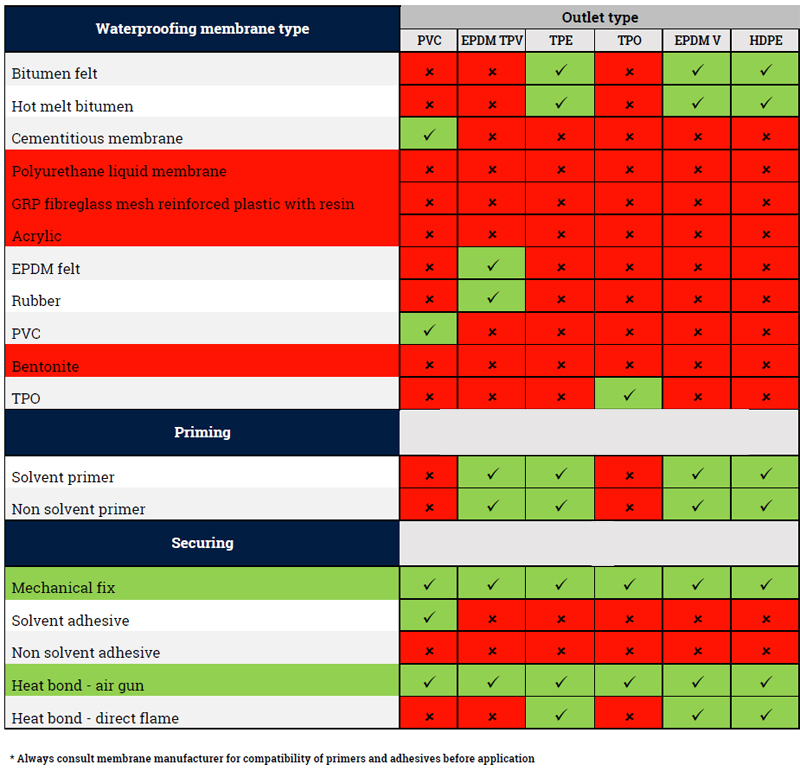Ottawa has invited the City of Vancouver to access $20 million, money flagged to scale up green infrastructure like rain gardens and green roofs, and help the city meet its target of filtering 90 per cent of all rain that falls on the city by 2050.
The ambitious 30-year target is expected to cost hundreds of millions of dollars, and is one of several measures Vancouver has proposed to mitigate and adapt to a warming planet.
If the city were successful in applying for the full $20 million, that would fund several dozen blocks of green infrastructure, according to Jimmy Zammar, the City of Vancouver’s director of urban watersheds, sewers and drainage.
“We’re spending like $20 million in the last four years,” he says. “It is definitely a scaling up on our current investment.”
Zammar says it would allow the city to take on projects at a district scale and build up nature-based infrastructure in underserved areas not currently under development.
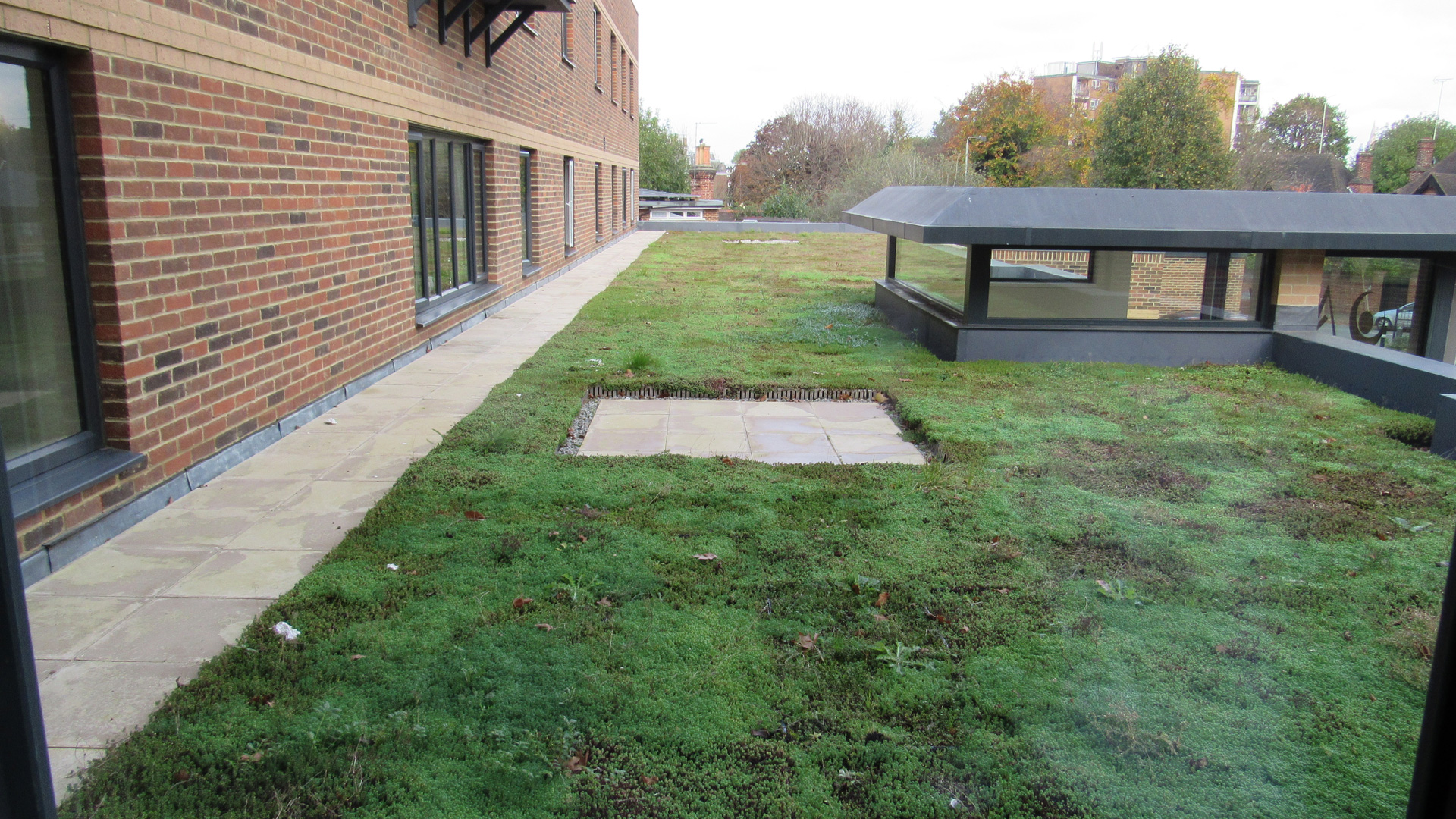
GREEN INFRASTRUCTURE FOR RAINSTORMS
Climate change is expected to lead to more extreme rainfall events in the winter across B.C.’s South Coast. A recent 734-page report from Natural Resources Canada warned infrastructure could buckle in communities across the country as extreme weather events, from rainstorms to heat waves, become more intense and more frequent.
Take an extreme rainfall event: Traditional infrastructure sends rainwater as fast as possible to storm drains, into waterways and out to sea. But when too much water falls, the rigid system can lead to backed-up sewers and flooding.
Green infrastructure — often an engineered matrix of native plants, known as bioswales, and soil — absorbs runoff during heavy rainfalls, slowly letting it into the sewer system. In other words, it flattens the flood curve.
That being said, contaminated urban landscapes can lead to polluted rainwater as it washes across streets and into waterways.
Please click here for the full story.


